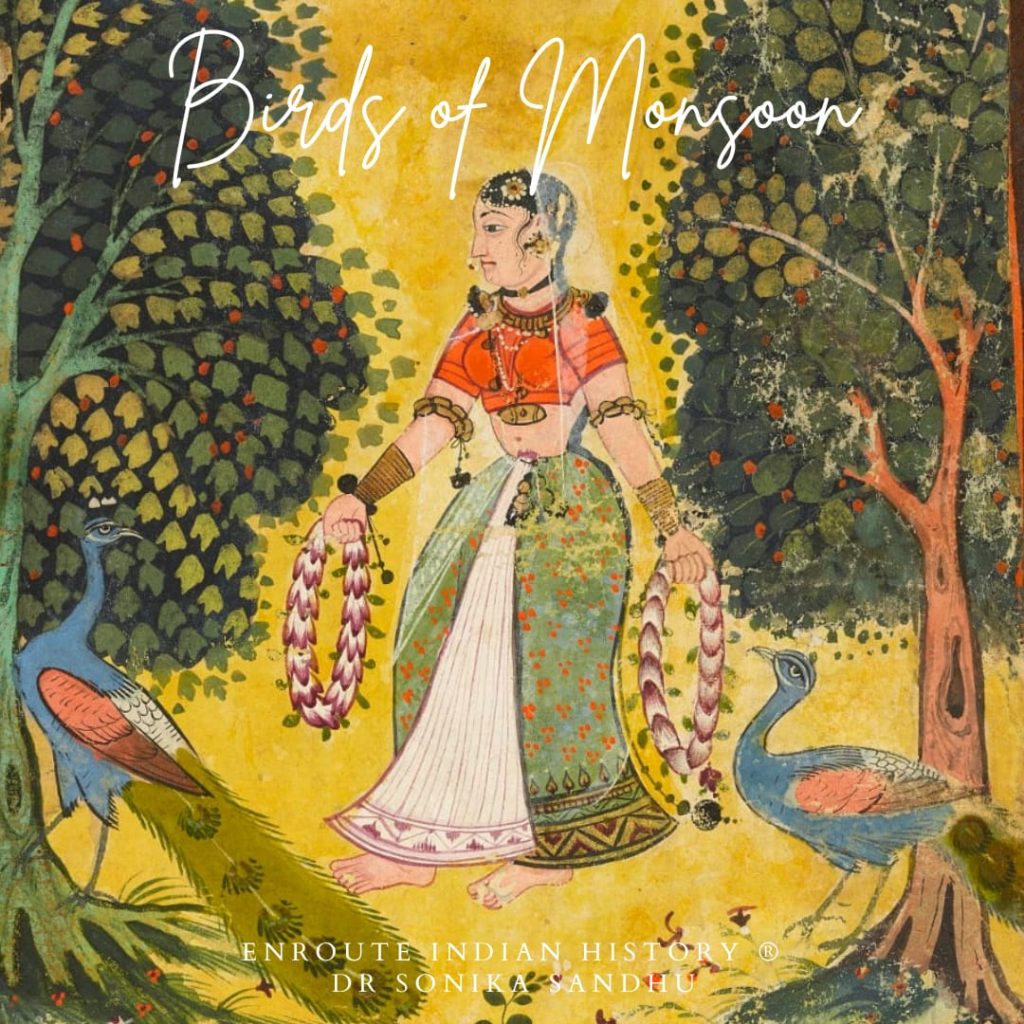
Article By EIH Subject Matter Expert
Dr. Sonika Sandhu
After months of lethargy and heat, the monsoon brings a much needed respite to all life forms of the Indian Subcontinent. The seasons’ influence becomes evident on our avian beings as they become more active and can be heard more frequently after the din of the summer months. The birds are now all over the place, near water bodies etc for feeding on fish, amphibians, crustaceans and insects that come out of their aestivation hideouts. Out of the numerous species of birds making their way to the sub-continent during the monsoons none is more identified with it than the Pied Cuckoo also known as the Jacobian cuckoo. It is well known among the bird watchers and in folklore as the bird that heralds the monsoon. It is regarded as the harbinger of the rains. This specie is native to Southern India, and can be spotted the year round there. However in Central and Northern India, it is completely absent in the dry months from January to May. They suddenly appear in the late summer and can be seen flitting about in early monsoons. Possibly they too hitch a ride on the monsoon winds coming from Africa, crossing the Arabian sea. This is a medium sized bird, slim black and white with a distinctive crest. Their bird song is a ringing type with whistling notes of ‘piu-piu’. In mythology, ‘Chaatak’ arrives just in advance of the rains, the spotting of this bird assures that rain isn’t far behind. The great Sanskrit poet Kalidas has used this bird in his poem ‘Meghadoota’ as a metaphor for deep yearning. In some cultures its association with monsoons is attributed because it only seems to drink rainwater to quench its thirst.

Jacobin Cuckoo (Clamator jacobinus) Photographed In Mangaon, Raigad, Maharashtra. Photo Courtesy : Shantanu Kuveskar via Wikipedia Commons

In mythology, ‘Chaatak’ arrives just in advance of the rains, the spotting of this bird assures that rain isn’t far behind. The bird can be see on the top right perched on the mango mangrove.
Besides the Pied Cuckoo some other birds associated with the monsoons are:
Baya weaver birds: this is a small bird and weaves its nest made up of strips of paddy leaves leaves, rough grasses, and strips of palm fronds. A male bird is believed to make up to 500 trips to complete a nest! During the rainy season, the colour of male birds, head and neck turns to dark yellow. Wetlands birds also begin to thrive during the monsoons: pelicans, storks, open billed storks, grey herons and egrets. . Spot-billed ducks, Little grebes and Common coots seen in their 100s are also a common sight. Monsoon is also the time when migratory birds from Western Europe start arriving.

Baya Weaver Ploceus philippinus, male ♂ in breeding plumage, Mangaon, Maharashtra, India.During the rainy season, the colour of male birds, head and neck turns to dark yellow. Photo Courtesy : Shantanu Kuveskar via Wikipedia Commons
Another bird which brings in the monsoon in the south is the Sholakili Flutter of the Nilgiris. It is known to sing beautifully during the rains. This particular species is endemic to the western ghats. it is blue in colour, has red eyes and a rufous-coloured underbelly. It is also known as the Nilgiris shortwing, white-bellied shortwing, Nilgiris sholakili or Rufous-bellied shortwing. They are easily spotted at Doddabetta or Cairn Hills Shola. They prefer colder climes and prefer to be near a stream. they often hide under bushes and can be seen in pairs.

This Nilgiris beauty is an endangered species and is endemic to the Shola forests of the higher hills of southern India. This small bird is found on the forest floor and undergrowth of dense forest patches sheltered in the valleys of montane grassland, a restricted and threatened habitat. Picture Courtesy : Ajit Hota via Wikipedia Commons
Thus this monsoons, do keep an ear out for these birds, because sometime spotting them might also bring some luck along with the much needed rains.



















